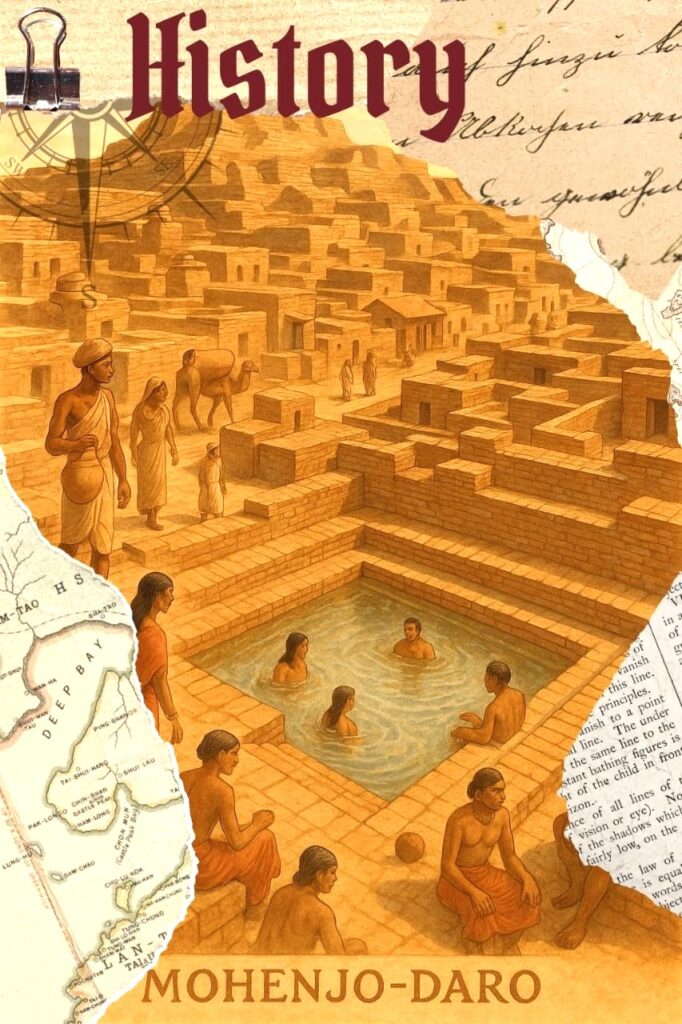
Mohenjo-daro Civilization: A Marvel of the Ancient World
Mohenjo-daro, meaning "Mound of the Dead," was one of the major cities of the Indus Valley Civilization. Located in present-day Sindh province of Pakistan, it developed around 2500 BCE and is considered one of the world's earliest and most well-planned urban civilizations.
Architecture and City Planning
One of the most remarkable features of Mohenjo-daro was its advanced city planning. The streets were straight and intersected at right angles, forming a grid-like pattern. Houses were built using baked bricks and featured courtyards, toilets, and bathrooms.
- The most famous structure in the city is the “Great Bath” — a large water tank possibly used for religious bathing rituals. The city had an impressive drainage system; wastewater from homes flowed through covered drains that lined the streets.
Social and Economic Life
The inhabitants of Mohenjo-daro were farmers, artisans, traders, and craftsmen. They wove textiles, worked with metals, and crafted beads and jewelry. The city had trade connections as far as Mesopotamia (modern-day Iraq), indicating a prosperous and globally connected society.
Script and Culture
The people of Mohenjo-daro used a script that remains undeciphered to this day. Seals inscribed with this script and pictorial symbols offer glimpses into their religious and social life.
Causes of Decline
Mohenjo-daro declined around 1900 BCE. Possible reasons include climate change, the drying up of the Saraswati River, or external invasions. However, the exact cause remains a subject of ongoing research.
Conclusion
Mohenjo-daro symbolizes a civilization that laid the foundations of modern urban planning, sanitation, and social organization long before their time. It is not only a pride of the Indian subcontinent but also a significant chapter in the story of human civilization.
